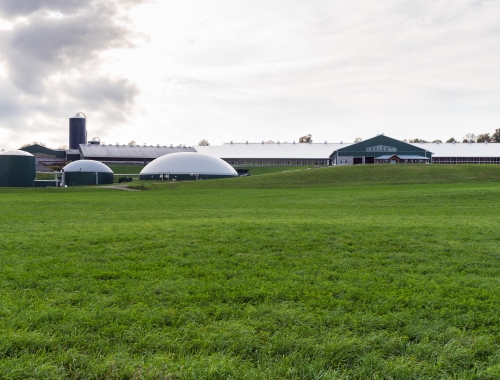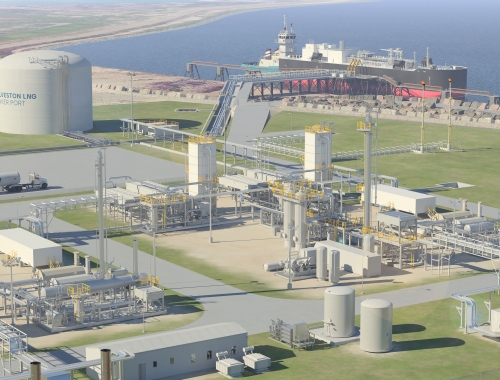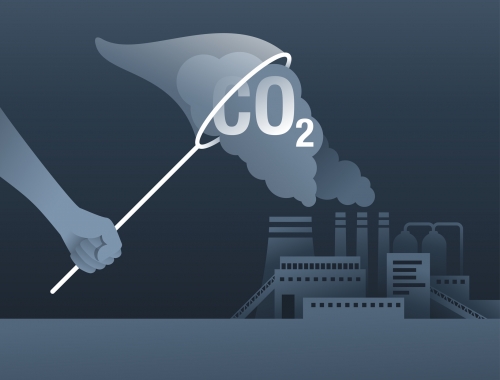Report highlights emissions benefits of RNG for transit
SUMMARY
RNG in transit fleets can be cheaper and cleaner than diesel. [Image: Enbridge]
By Dale LunanA report from the Canadian Urban Transit Research & Innovation Consortium (CUTRIC) released on June 30 highlights the environmental and economic benefits of using renewable natural gas (RNG) in urban transit fleets, especially those already using compressed natural gas (CNG).
The report, funded by Enbridge, studied the use of RNG alongside diesel and CNG in five urban transit fleets in North America – Calgary Transit, Hamilton Street Railway, TransLink in Vancouver and two California transit authorities. Across all five, CUTRIC’s researchers found that the use of RNG as a transit fuel offsets both tailpipe greenhouse gas (GHG) emissions and human activity-related emissions, and in certain cases can be a carbon-neutral or carbon-negative fuel.
“Decarbonising mobility will require that humanity uses many different tools and solutions to forge the path forward to a zero-emission future,” CUTRIC CEO Josipa Petrunic said. “Different technologies offer different types of benefits, and renewable natural gas can be one of those solutions.”
Over the period RNG was studied at the five transit authorities, diesel was used for about 316mn km of fleet use, while RNG was used for about 142mn km. Diesel fuel costs totalled about C$181.4mn, while RNG costs were estimated at C$40.5mn. Maintenance costs were C$262.3mn and C$97.9mn, respectively.
The average fuel efficiency of diesel was determined to be 1.746 km/litre; for RNG, it was 1.549 km/diesel litre equivalent (DLE), yielding an average cost per distance of C$1.404/km for diesel and C$1.10/km for RNG.
From an environmental perspective, RNG beat diesel on every front: various blends of RNG from various sources were all carbon neutral, while 100% RNG from animal manure and food waste were both carbon negative, yielding carbon intensities of -7.8 kgCO2/km and -1.5 kgCO2/km, respectively. The carbon intensity of diesel was about 2.1 kgCO2/km, CNG yielded an intensity of 1.4 kgCO2/km, while 100% RNG manufactured from landfill gas yielded a carbon intensity of 0.9 kgCO2/km.
“RNG may turn out to be an untapped source of immediate greenhouse gas emissions savings for transit agencies that are already reliant on CNG buses,” Petrunic said. “It’s time to take a more serious look at the technology as part of a spectrum of solutions.”








